
Art | Resources
Enchanted Slumber
 An all-in-one certified organic sleeper that bundles a warm, whimsically-patterned quilted pad, blanket covering and a lavender-scented buckwheat pillow for roll-and-go carrying. “Children will delight in having a safe, cozy place of their very own that they can easily take with them to school or on trips.” Handcrafted with love in the USA. Custom name labels available.
An all-in-one certified organic sleeper that bundles a warm, whimsically-patterned quilted pad, blanket covering and a lavender-scented buckwheat pillow for roll-and-go carrying. “Children will delight in having a safe, cozy place of their very own that they can easily take with them to school or on trips.” Handcrafted with love in the USA. Custom name labels available.
Blisque Organic Toothpaste
![]() A 100% certified organic toothpaste made from a variety of cleansing and healing ingredients: arrowroot, “aloe vera inner fillet leaf juice,” plant oils, Himalayan pink salt, baking soda and a variety of essential oils. See descriptions of all ingredients here.
A 100% certified organic toothpaste made from a variety of cleansing and healing ingredients: arrowroot, “aloe vera inner fillet leaf juice,” plant oils, Himalayan pink salt, baking soda and a variety of essential oils. See descriptions of all ingredients here.
Pollen Ranch
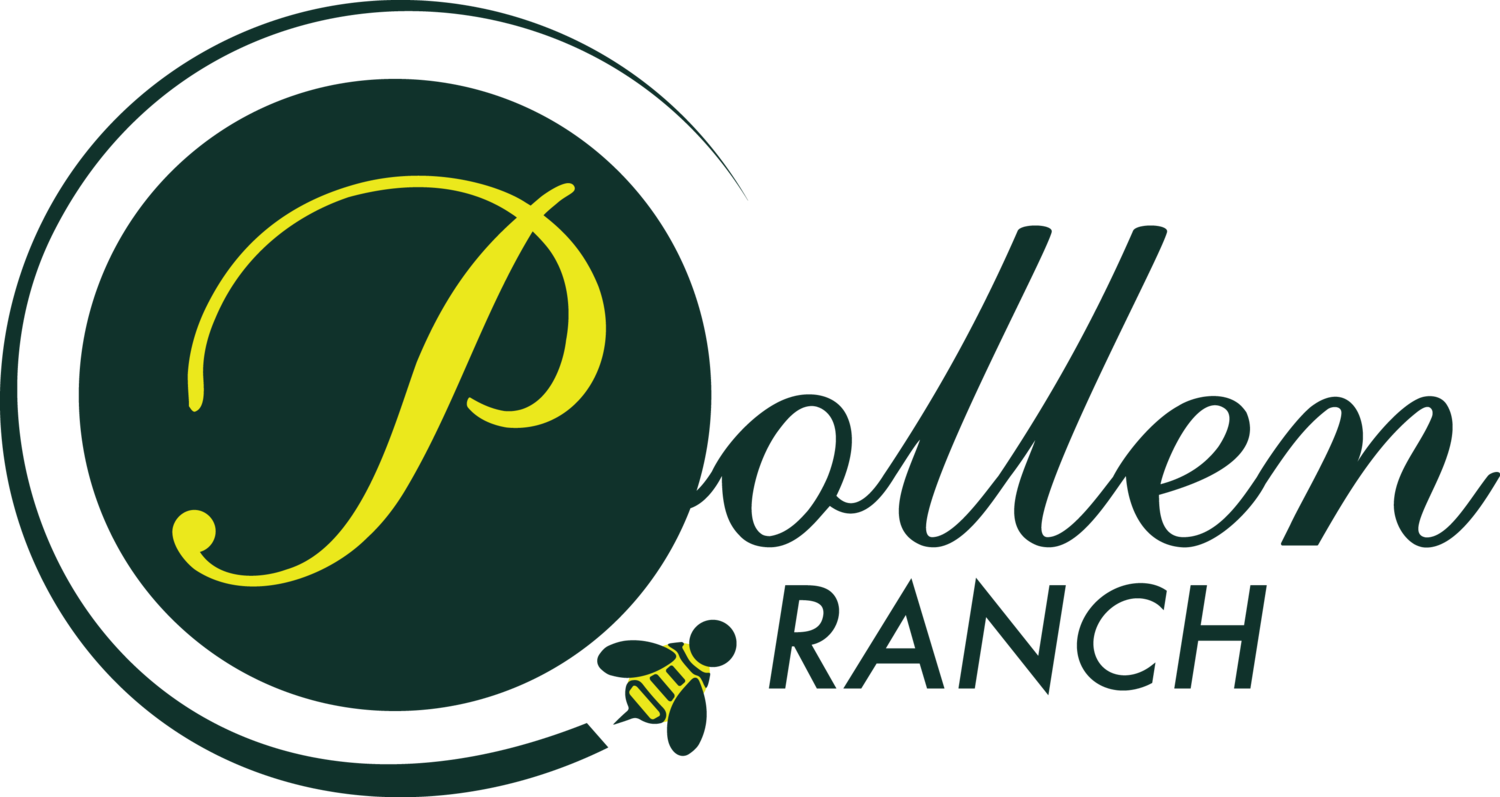 Fennel and dill pollens to use as spice. Fennel pollen has long been used by Italian cooks, and more recently it has been popular in California kitchens (where I live). Pollen Ranch is the largest producer of certified organic, wild, pure fennel pollen and the worlds first supplier of dill pollen
Fennel and dill pollens to use as spice. Fennel pollen has long been used by Italian cooks, and more recently it has been popular in California kitchens (where I live). Pollen Ranch is the largest producer of certified organic, wild, pure fennel pollen and the worlds first supplier of dill pollen
Blended Leather Furniture

Question from Nicole
Hi Debra,
First, thank you so much for your site and work – much appreciated!
I have a question about leather furniture – I have a pretty severe dust mite allergy so I avoid fabric upholstery. I understand that most leather furniture is filled with polyurethane foam and many are also coated with a polyurethane sealer. My first question is, does the leather assist in blocking the off-gassing from the foam cushions? And second, is the applied polyurethane surface treatment more toxic than what is found on fabric furniture?
I’ve just purchased two La-Z-Boy leather/blend recliners and the smell is bugging me – thinking I may need to return them but not sure what I can get other than all-wood furniture?!
Thanks so much for your help!
Debra’s Answer
Thanks for asking this question. It sent me into researching a whole other aspect of leather that I didn’t even know about.
First of all, if you had genuine leather, it would have a number of chemicals used in the tanning process. Unless you had “vegetable-tanned” leather, which is actually pretty wonderful. But I’ve not seen furniture made of vegetable tanned leather. But it is a possibility for an expensive custom piece.
But what you have is even worse. Blended leather or”Bonded leather — sometimes called “reconstituted” leather or just plain “ inyl”[!] — is not the whole skin of an animal, but left-over pieces of hide blended together to form a seamless piece of leather material.
It’s a similar process to making particleboard. Yikes!
So what goes into this fake leather?
It is made as a layered structure with
- a fiber or paper backer
- a pulp made from shredded leather and fabric, joined together with adhesive
- a polyurethane layer which is embossed with a leather-like texture.
It may also have other chemical finishes to make it feel or smell like real leather.
I would return these recliners. This is more plastic than leather. I’m not surprised you are having problems with it.
QUORA: What are the differences between a bonded leather sofa to a genuine leather sofa?
CONSUMER AFFAIRS: Bonded Leather Sofas vs Genuine Leather—What’s the Difference?
Here’s an interesting article about the parts of upholstered furniture: GREEN HOME GUIDE: Any recommendations for a healthy leather soda that won’t offers?
Safest Mattress for MCS
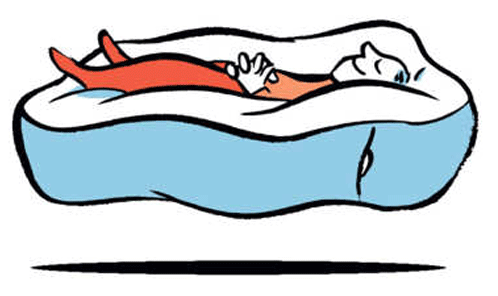
Looking at the questions that come into this Q&A, one of the most frequent is from people with Multiple Chemical Sensitivities (MCS) looking for a safe mattress. Even the most natural materials are not tolerated for one reason or another. Not because the materials are toxic, but because of individual sensitivities.
When I first learned of of MCS—forty years ago now—there were no natural mattresses.
I got a metal cot, tossed the mattress and put a pile of cotton thermal blankets on top. It worked perfectly.
Today I got a call from a reader who wanted to know more about exactly what I did. And while talking I had an idea.
Today I am thinking that the best and safest “mattress” for someone who is sensitive to virtually all raw materials would be to take a zippered mattress cover of the desired size and stuff it with cotton blankets and towels. This way the entire mattress could be taken apart and aired and washed as needed.
This might not bee the most plush mattress available and it might be lumpy, but it should be tolerable.
All materials should be pre-washed.
I would roll up the blankets or towels and then stuff the rolls in the case.
I’ve done this to make pillows in hotel rooms and I am always happy with the results. A mattress is the same idea, only larger.
If any of you try this, please comment and let us know how it went.
Also if you’ve done anything else unusual like this to make something to sleep on that you can tolerate, please let us know that too.
Hammocks come to mind as well.
New EWG Guides Need to Improve Their Recommendations
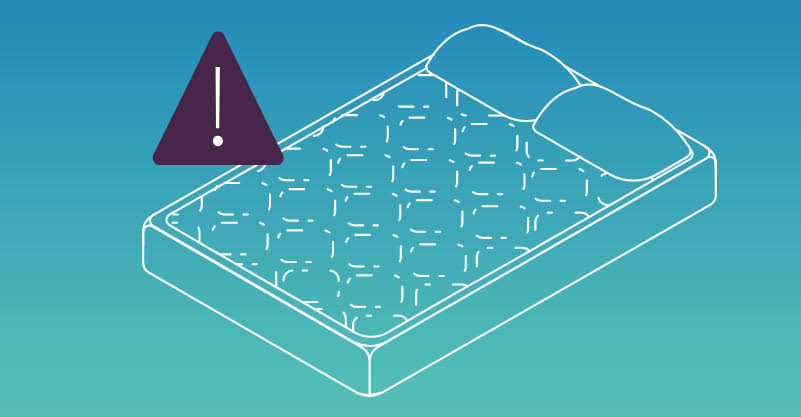
I took some time this week to read parts of the new EWG Home Guides , and found some errors that I feel warrant correction.
I’ve been monitoring Environmental Working Group for some years now and consistently feel that I can’t just stop my work and refer everyone to EWG for product recommendations. While I admire their work researching toxic chemicals and their health effects, I often do not agree with them about their safe alternative recommendations.
Alerting the public about toxic expsures and finding safe alternatives are two very different fields, which require different sets of background understanding and different collections of data.
Here’s just an example of what goes wrong when EWG starts making recommendations regarding how to choose nontoxic products.
In their new Healthy Home Guides, there’s a page on Healthist Mattresses.
Here are some misleading and outright wrong recommendations I’d like to correct on this page.
Recommendation to Look for “Natural Latex”
The term natural latex is meaningless and unregulated. Latex foam can be made from natural tree sap or petrochemicals. While one might assume that latex labeled “natural” is made from tree sap, it can also contain petrochemical latex and may contain pesticides as well.
Better to look for GOLS certified organic latex, which is made from certified organic tree sap. It’s widely available as an option for many mattresses.
Also EWG recommends latex for crib mattresses. Virtually all all latex/allergy groups (medical or otherwise) do not recommend latex for baby products because it is a well-known allergen.
Recommendation to Not Use Flame Retardants
EWG says not to use flame retardants, but then recommends Oeko-Tex and GREENGUARD Gold certification, neither of which prohibit flame retardants. Both of these two certifications permit the use of polyurethane foam filled mattresses, and, when polyurethane foam is used in a mattress, it is impossible to pass government flammability standards without flame retardants, whether those flame retardants are added into the foam or in a flame barrier that surrounds the foam. (The only exception to the use of flame retardants could be to surround the foam with wool, but I’m not aware of any brand that uses wool with polyurethane foam.)
As well, it is quite common for mattress manufacturers to downplay the use of flame retardant chemicals by making claims like “No flame retardant chemical, we only use flame barriers”. But then they don’t tell you what’s in the flame barriers. The flame barriers typically are made with various flame retardant chemicals.
Recommendation of GREENGUARD GOLD certification
The worst mistake on the page, in my opinion, is the recommendation of mattresses certified by GREENGUARD Gold, particularly crib mattresses. This certification is now meaningless in my eyes because so many of the crib mattresses are waterproofed with a layer of toxic PVC that emits dangerous phthalates.
The reason these toxic crib mattresses can be certified by GREENGUARD GOLD is because GREENGUARD does not test for phthalates. I have a letter from them confirming this. So while GREENGUARD can say these mattresses meet their standards, their standards don’t contain certain chemicals for which testing needs to be done. If all you look at is testing for a limited list of chemicals, you miss the fact that a material contains other toxic chemicals that are not on the test list. I know this because I studied PVC and I know the chemicals it outgassed. And I got the list of chemicals GREENGUARD test for and phthalates isn’t on the list. Then I verified the missing phthalates with GREENGUARD. EWG should know this about GREENGUARD. Apparently they don’t. A mattress manufacturer can actually be using absolutely prohibited phthalates and still be GREENGUARD Gold certified!
Waterproofing chemicals are not mentioned at all
In 2017 I took a look at all the major brands of crib mattressses to see what type of chemicals were used for waterproofing. I found PVC (that emit phthalates), per fluorinated chemicals (PFCs), and nanoparticles. EWG warns against exposure to all of these, but did not mention their possible presence on crib mattresses at all.
EWG Recommendations are Close, but Not Close Enough for Me
I know from experience that people who are interested in toxics want to know about ALL the toxic exposures for a particular type of product, so they can make an informed choice.
If EWG wants to set product standards and make product recommendations, they need to do a better job of it.
What we really need are some standards for nontoxic products that we can all agree on, and encourage manufacturers to meet those standards. That’s the direction I am planning to go.
Scotts 1000 sheets per roll toilet paper

Question from Karen
Hi Debra,
Like you, I’ve used Scott’s toilet tissue for years.
The last 2 packages I bought, though, reeked of an odor and literally made me sick. Even the Extra Soft did, but with a different smell.
The website says they are unscented (but did not say “fragrance free”), and that the plain tissue MAY contain post consumer material.
Have you noticed this? Any suggestions for a substitute?
Thank you!
Debra’s Answer
At the moment I am living with Larry’s family, so I don’t buy the toilet paper. But they are buying unscented toilet paper at my request.
Just a few days before receiving your email I noticed that I thought they had purchased scented toilet paper by mistake. But I looked on the label and it said it was dye- and scent-free. So I’m not sure what is happening with scent in these toilet papers these days.
Readers, what toilet paper are you buying now that you know to be fragrance-free?
Lead in Recycled Ceramic Tile
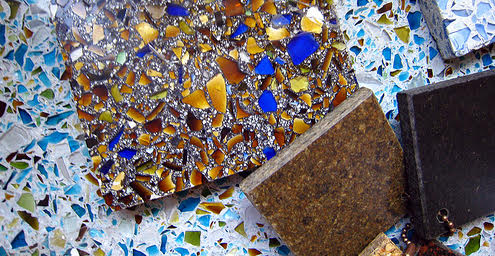
Question from Douglas
Hi Debra,
Are you aware that some US and Canadian recyclers are shipping lead-bearing picture tube glass from electronic hazardous waste to Spain for re-introduction into new ceramic tile? Your concerned readers would probably like to know since US imports its majority of tile.
There’s lot of evidence. The link below is to EPA’s position, which opened the flood gates for hundreds if not thousands of truckloads of leaded glass: https://yosemite.epa.gov/osw/rcra.nsf/0c994248c239947e85256d090071175f/44ce5d76da2bd53785257d630062ed82%21OpenDocument.
My gripe with this is, US Tile manufacturers eliminated lead because lead causes many health, safety and environmental problems and, yet US recyclers ship leaded glass with 200,000 parts per million lead, to Spain and call that recycling. The US Tile companies have proved that lead is not necessary to make a high quality tile. It is a sham to say that adding lead to tile is a “legitimate” secondary use.
The concept of Circular Economy is to eliminate toxics from new products so they are easily recycled in the future. Putting lead in tile is moving backwards.
Debra’s Answer
Thanks for sending this. I always appreciate info on toxic exposures from my readers.
Recycling toxics into new consumer products is not the proper way to dispose of hazardous waste.
Underwear Recommendations?
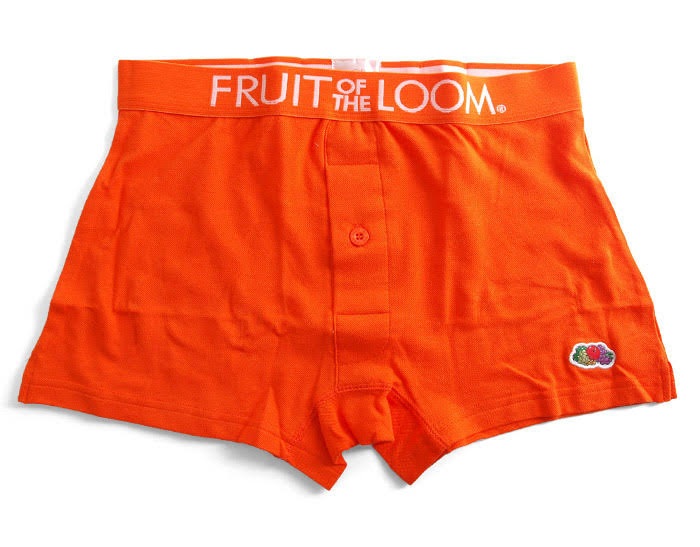
Question from Audrey
Hi Debra,
I have a friend (man) who is mcs and cannot buy fruit of the loom or Hanes underwear anymore – it is treated with an odor guard – right on the package he says that it is written Dow Chemical. I cannot use Jockey for Her panties anymore – Ever since they are not made in the U.S. they have a very strong chemical odor that I cannot get out by either airing out or soaking in baking soda or vinegar. I cannot afford the organic ones. What can we mcsers do???
Debra’s Answer
Readers? Any recommendations?
Here’s a press release about the addition of Odor Guard to Fruit of the Loom:
Kyrgies All Wool Slippers
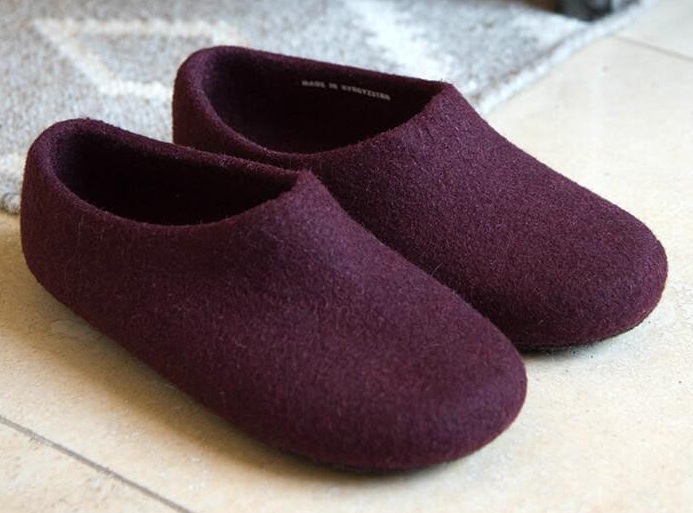 Indoor house shoes/slippers for men, women and children, made of handcrafted wool felt by women artisans. Also felted insoles. Many nice colors and neutrals. I bought a pair of these and I love them. They keep my feet nice and warm on foggy coastal California mornings. “Kyrgies are born of a tradition that is thousands of years old. Kyrgies are produced in Bishkek, Kyrgystan, where wet felting with sheep wool is both a tradition and a necessity. No other textile withstands heat in the summer and the cold, wet winters as well as wool felt. Because of this, the Kyrgyz people have been felting for centuries, passing this skill on from one generation to the next. The Kyrgyz women who make our Kyrgies use felting techniques that have been developed over thousands of years. They mix their hands in water, wool, and 100% natural soap, not harmful toxic chemicals. By sourcing our felt products in Kyrgyzstan, we are supporting a sustainable cultural legacy.” Their All Naturals, Classics, and Insoles meet my toxic-free standards. Use code DLD10 for 10 percent off.
Indoor house shoes/slippers for men, women and children, made of handcrafted wool felt by women artisans. Also felted insoles. Many nice colors and neutrals. I bought a pair of these and I love them. They keep my feet nice and warm on foggy coastal California mornings. “Kyrgies are born of a tradition that is thousands of years old. Kyrgies are produced in Bishkek, Kyrgystan, where wet felting with sheep wool is both a tradition and a necessity. No other textile withstands heat in the summer and the cold, wet winters as well as wool felt. Because of this, the Kyrgyz people have been felting for centuries, passing this skill on from one generation to the next. The Kyrgyz women who make our Kyrgies use felting techniques that have been developed over thousands of years. They mix their hands in water, wool, and 100% natural soap, not harmful toxic chemicals. By sourcing our felt products in Kyrgyzstan, we are supporting a sustainable cultural legacy.” Their All Naturals, Classics, and Insoles meet my toxic-free standards. Use code DLD10 for 10 percent off.






